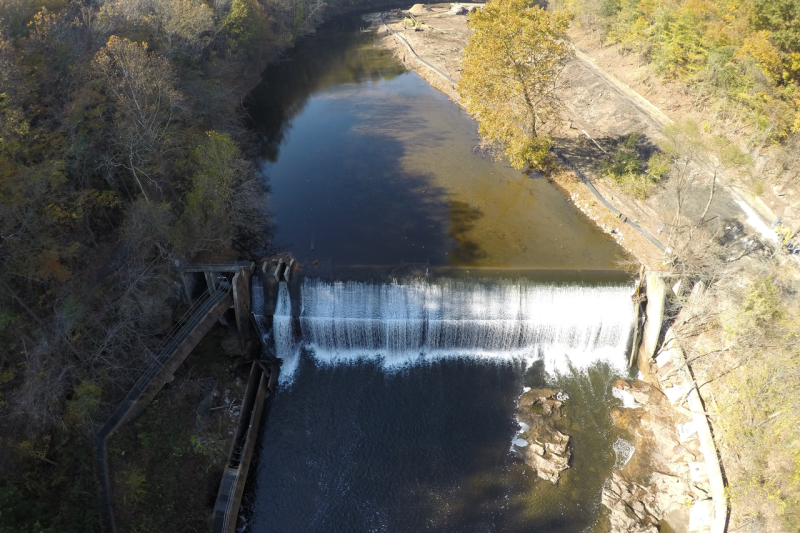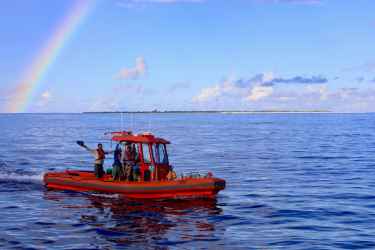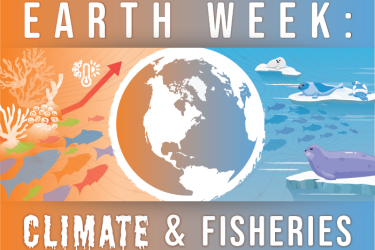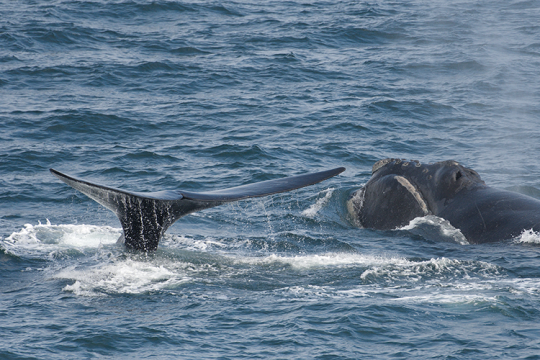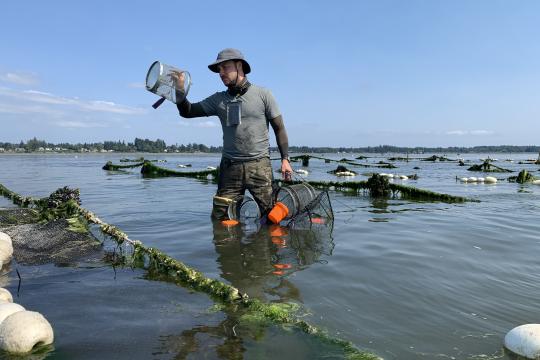During Habitat Month, NOAA is recommending $8.2 million in funding to 15 partners through the Community-based Restoration Program Coastal and Marine Habitat Restoration Grants. These investments will restore habitat in 10 states and Puerto Rico and leverage a total of $13 million of non-federal funds over the next three years to maximize the impact and lead to lasting results for communities, the economy,, and the environment.
The recommended projects will restore habitat for coastal and marine species by opening rivers , reconnecting rivers to their floodplains, and reducing coastal runoff and providing other benefits to coral reefs.
These efforts will support oysters, coral, and river herring as well as three of our Species in the Spotlight (Atlantic salmon, Central California Coast coho salmon, and Sacramento River winter-run Chinook salmon). Two of the projects recommended for support are also in Habitat Focus Areas.
The communities where the projects are taking place will also benefit from reduced flooding,, commercial and recreational opportunities, and improved water quality, continuing our focus on multiple outcomes for local environmental and economic health.
The recipients, and the more than 30 additional partners supporting the projects, come from all sectors, including nonprofits, federal, state and local agencies, tribes, private sector businesses and academia.
NOAA’s Community-based Restoration Program has partnered with more than 2,800 organizations to take on more than 2,000 projects since 1996. These efforts have restored almost 90,000 acres of habitat for fish, and opened up 4,000 miles of streams and rivers for fish passage.
Restoration efforts include:

Construction underway to restore stream channel habitat upstream of Puget Sound in Washington.
Pacific Northwest and Alaska
A fish passage restoration project with the Tyonek Tribal Conservation District in Tyonek, Alaska will replace two culverts too small for fish to pass, and will reroute a road so it no longer crosses a stream important for fish. ($300,000)
Planning activities and increasing wetland and in-stream habitat in three priority watersheds with the Wild Salmon Center in Oregon. As part of the Oregon Coast Coho Recovery Plan, the Center is leading a strategic, collaborative approach to restoring habitat and recovering threatened coho salmon species in Northern California and Oregon. ($1,099,000)
Accelerating restoration of habitat for salmon listed in the Endangered Species Act, with The Nature Conservancy in the Puget Sound, Washington. Up to 250 acres of estuary and floodplain habitats, the most degraded types in the Sound, are expected to be restored, in addition to strategy and prioritization to help get new restoration projects off the ground. ($307,288)

A geologist monitors a new channel built as part of the Lawrence Creek restoration project.
Pacific Southwest- California and Hawaii
Reducing sediment runoff in the Kawaihae watershed in Hawai’i with the Kohala Center. This area, in our West Hawai’i Habitat Focus Area, will have new fencing installed to protect more than 8,000 acres of land, and 10 acres of new riparian habitat, so plants can regrow and slow sediment from flowing into the ocean, helping improve the health of shallow coral. ($853,114)
Establishing a new public-private partnership, and building new floodplain habitat with Trout Unlimited in Lawrence Creek, California, a high priority recovery area for salmon and steelhead. The project is expected to create 2,000 feet of better channels and eight acres of floodplain habitat for young fish to grow. ($125,686)
Restoring estuary and coastal dune habitat in more than 800 acres of the Eel River estuary in California with Ducks Unlimited. The project will help Endangered Species Act-listed steelhead, coho and Chinook salmon, providing a healthy ecosystem and increasing resilience to storms and sea level rise, allowing young fish to access more habitat they need to grow. ($700,000)
Working with Save the Redwoods League in California, the restoration of the connection between Lower Prairie Creek to 23 acres of floodplain habitat will benefit young Endangered Species Act-listed salmon with new places to eat and grow. The Prairie Creek Watershed contains some of the best habitats that can help with the recovery of these species. ($313,875)
Improving habitats with Trout Unlimited in three high priority salmon recovery streams in Mendocino County, California, identified in the Central California Coast Coho Salmon Recovery Plan. The project includes reducing sediment flow into priority streams, removing fish passage barriers, and installing instream structures. ($293,905)
Restoring high quality floodplain habitat for Endangered Species Act-listed steelhead and salmon in the Central Valley of California with River Partners. The project will improve water flow from the Willow Bend flood plain to the Sacramento River, so that young fish can reach habitat to grow and eat. ($286,228)
Northeast
Reconnecting the Sheepscot River and restoring fish passage to spawning and rearing habitat for Endangered Species Act-listed Atlantic Salmon in Maine with the Atlantic Salmon Federation. Removal of a dam and replacing culverts to allow fish to pass will improve the river’s habitat and help protect Coopers Mills Village, a local community, from flooding. ($93,799)
Removing the Bloede Dam on the Patapsco River in Maryland with American Rivers, a project vital to a larger effort of removing all barriers from the Patapsco River. When complete, river herring and other migratory species will have a free flowing natural habitat and a major safety hazard will be eliminated within the Patapsco Valley State Park. ($623,281)
Restoring 56 acres of modified wetlands used in the past for growing cranberries, back to natural habitat with the Town of Falmouth in Massachusetts. Old earthen dams will be removed, and a deteriorating culvert will be replaced to open up more than two miles of stream habitat on the lower Coonamessett River, connecting to a nearby pond for river herring and American eel. ($675,000)
Returning tidal flow back to the Herring River estuary in Massachusetts with Friends of the Herring River, by supporting design and permitting. Infrastructure from the early 1900s stopped tidal flow in and out of the estuary. This project aims to gradually rebuild the salt marsh and restore habitat, improve water quality, benefit commercially harvested shellfish and increase coastal resilience to storms. ($700,000)

Volunteers help restore oyster habitat along the North Carolina Coast. Photo: North Carolina Coastal Federation
Southeast and Caribbean
Restoring oysters and oyster reef habitat in the Pamlico Sound in North Carolina with the North Carolina Coastal Federation. The project will accelerate the creation of oyster reefs by leveraging federal and state investments together, and increase Essential Fish Habitat benefiting threatened, endangered, and managed species, as well as commercial and recreation activities. ($950,000)
Restoring threatened coral species in the Florida Keys National Marine Sanctuary with the Coral Restoration Foundation. Up to 50,000 of two species of coral will be planted on eight reefs across the Florida Reef Tract, and additional capacity will be built for future large-scale plantings of other species. ($820,700)
Implementing seven high priority projects in two important areas of Puerto Rico with Protectores de Cuencas. The Northeast Marine Corridor and Culebra Island, both a part of a NOAA Habitat Focus Area in Puerto Rico, will have new sediment and erosion controls, and stormwater projects to stop polluted water from draining into the ocean and impacting coral reef habitats. ($98,815)
